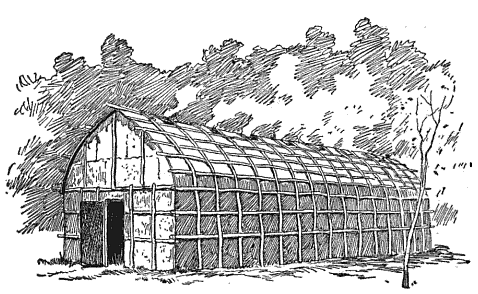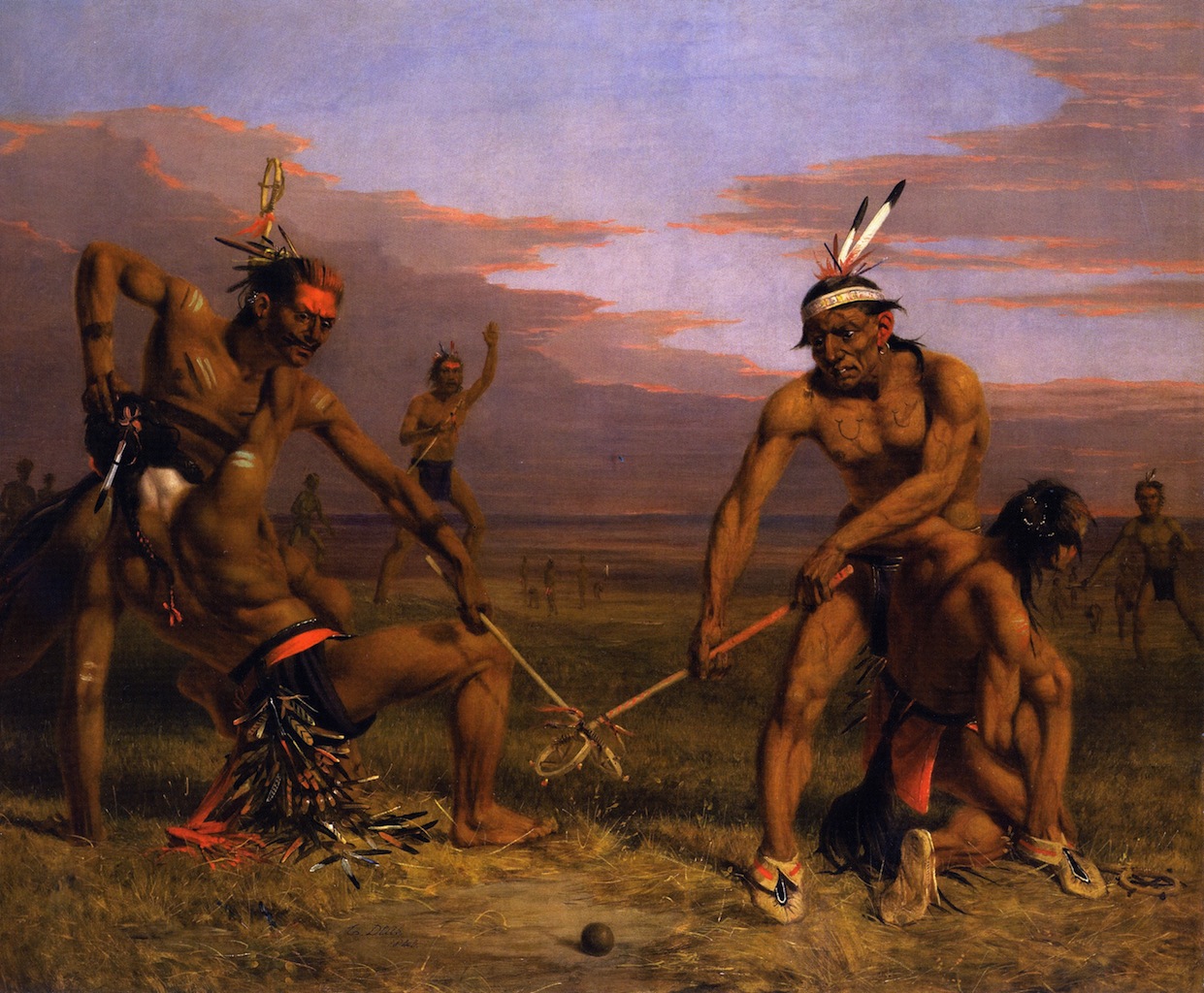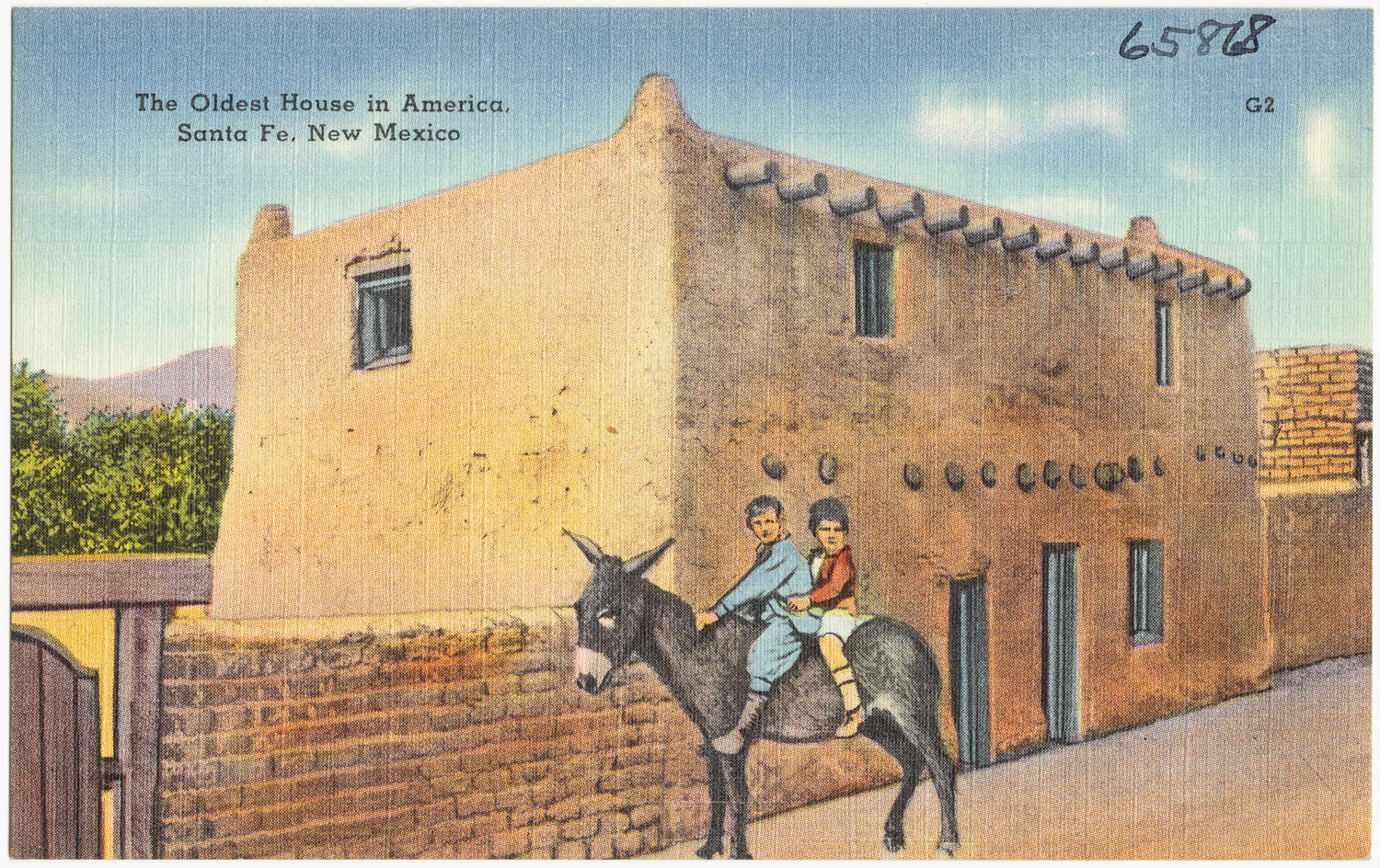The American continent filled itself with people. These now “native” Americans settled into all parts of the land, and adapted to their new habitats. A bioregion is an area that influences the local culture and diet. Native American tribes used the local resources to dictate their homes, diets, and recreational activities. Because of the huge diversity of the continent, the tribes could be fairly similar or wildly different. The two groups that are the most obviously different are the Eastern Woodland and the Southwestern tribes.
The Eastern Woodlanders built their houses out of lumber, grasses and animal skins. They used the canopy of the forest trees as means of insulation from the sun. Because of this, they could make their houses out of thin materials, like bark and animal hides, without having to worry about the heat from the sun. They also fished and hunted to gather food. They did so because there was an abundance of game in the forest and fish in the ocean. Recreational activities included lacrosse and other active games. Lacrosse is a team sport that uses a rubber ball and sticks with nets on the end. It is a sometimes violent contact sport. Native American youth of the area would play this sport as a way to determine which tribe was strongest.
 |
| Iroquois Longhouse By Wilbur F. Gordy [Public domain], via Wikimedia Commons |
 |
| Sioux Playing Ball Charles Deas [Public domain], via Wikimedia Commons |
 |
| By Boston Public Library [Public domain], via Wikimedia Commons |
 |
| Pueblo Water Jar By Brooklyn Museum, via Wikimedia Commons |
Native Americans adapted to the areas they settled. They used materials native to their areas for shelter and food. Both the adobe and the canopy are very resourceful means of insulation. Each created a locavore diet. While completely different, each group showed off their strengths and competitive nature with recreational activities. Native American tribes became extremely diverse, with characterizations caused by the local resources of the lands they inhabited.
©2012- 2013 Adventures with Jude. All rights reserved. All text, photographs, artwork, and other content may not be reproduced or transmitted in any form without the written consent of the author. http://adventureswithjude.com



No comments:
Post a Comment